A 12 hectare private Garden of Cosmic Speculation is a sculpture garden created by Charles Jencks at his home, Portrack House, in Dumfriesshire, Scotland. The renowned landscape architect and theorist Jencks’ work, is inspired by the modern cosmology of science and mathematics. He has also designed the distinguishing Landform at the Scottish National Gallery of Modern Art. The Garden of Cosmic Speculation celebrates nature, both intellectually and through the senses, including the sense of humor.
The Garden of Cosmic Speculation has black holes, Comets, Big Bang or twisting DNA helixes, and fractals. Normally gardens are having many trees and plants, but this garden is not abundant with plants. However, it sets mathematical formulae and scientific phenomena in a setting that elegantly combines natural features and artificial symmetry and curves. Indeed it is very exclusive among gardens, drawing comparisons with a similarly abstract garden in Scotland.
As the garden is private but generally opens for only five hours on one day each year through the Gardens program of Scotland. The Charles Jencks raises the money for the Cancer Care Charity center for 1,500 tickets sold each year. In 2014, the literature The Long Way Home uses The Garden of Cosmic Speculation as an important plot device in her tenth Inspector Gamache mystery. The Garden is no longer dialogue with the universe; however, it is a monologue about the universe. The Garden of Cosmic Speculation is a representation of an unconventional approach.
According to Wikipedia - In the book of Cameron Jace makes creative use of The Garden of Cosmic Speculation in his fictional novel titled Circus, which is the third installment of his Insanity series. Jace uses many true facts when referring to the 'public' knowledge of the garden, but changed the name of the designer to better fit into the story's plotline. The garden located near Dumfries in south-west Scotland, famous due to its unusual design. The Garden of Cosmic Speculation doesn't boast plant diversity, its symmetry and snail-like curves are surely appealing. In the Garden, there are artificial lakes, staircases, bridges, and terraces that reflect the story of universe creation.
When Jenck’s started the idea of making the garden, the larger issues of the cosmos were considered. However, with the passage of time, he thinks about nature to contemplate and speculate on the origins of the universe. The garden is the most compelling motive idea of the microcosm to celebrate the place in the universe. A water cascade of terrace shows the distortion of space and time caused by a black hole, a “Quark Walk” takes the sightseer on a trip to the smallest building blocks of matter, and a series of landforms and lakes recall fractal geometry.

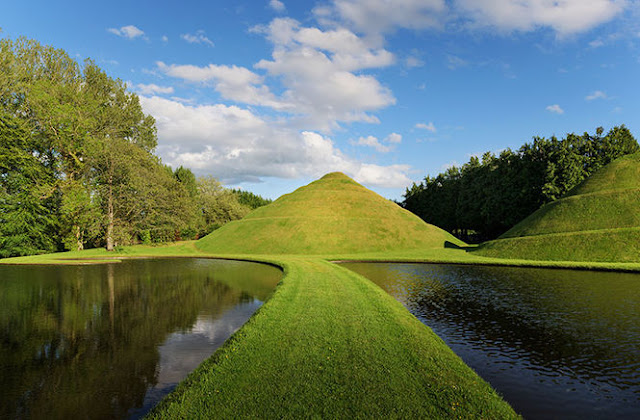
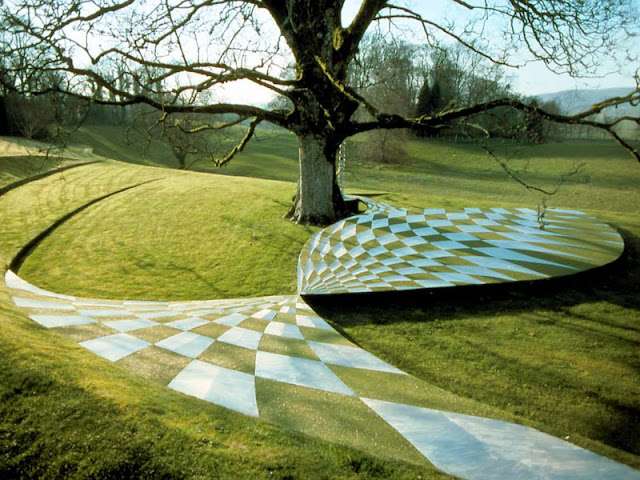



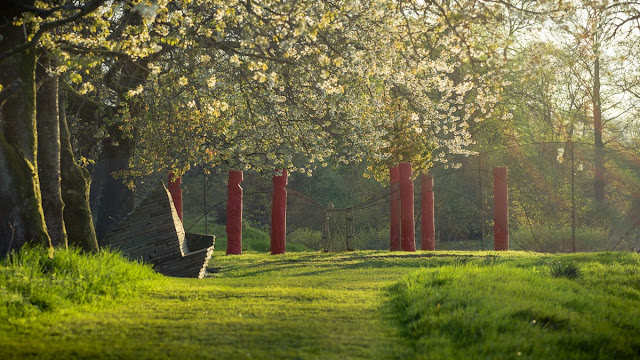

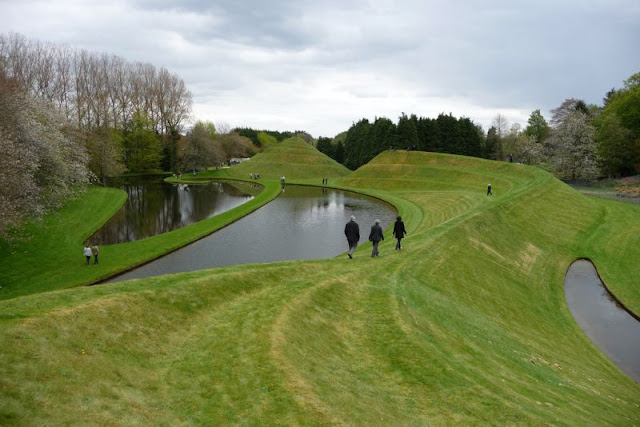
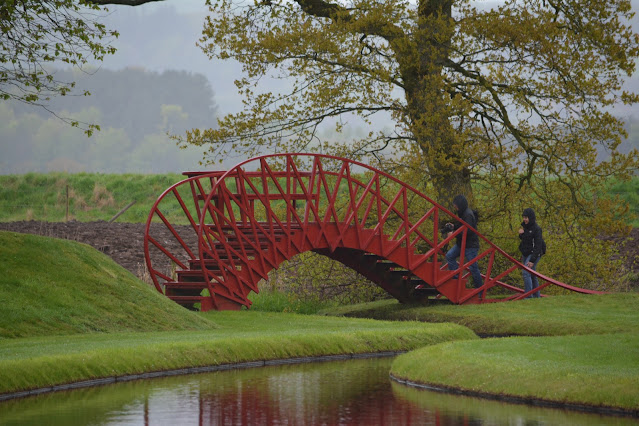

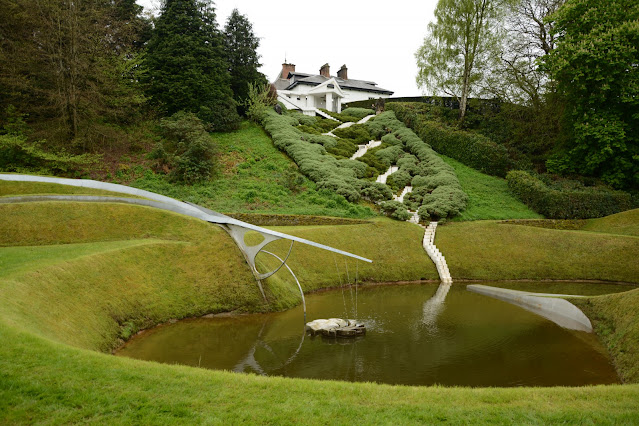



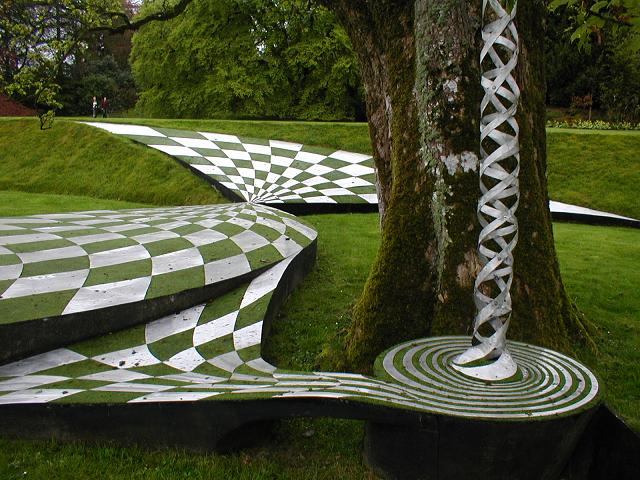
No comments:
Post a Comment